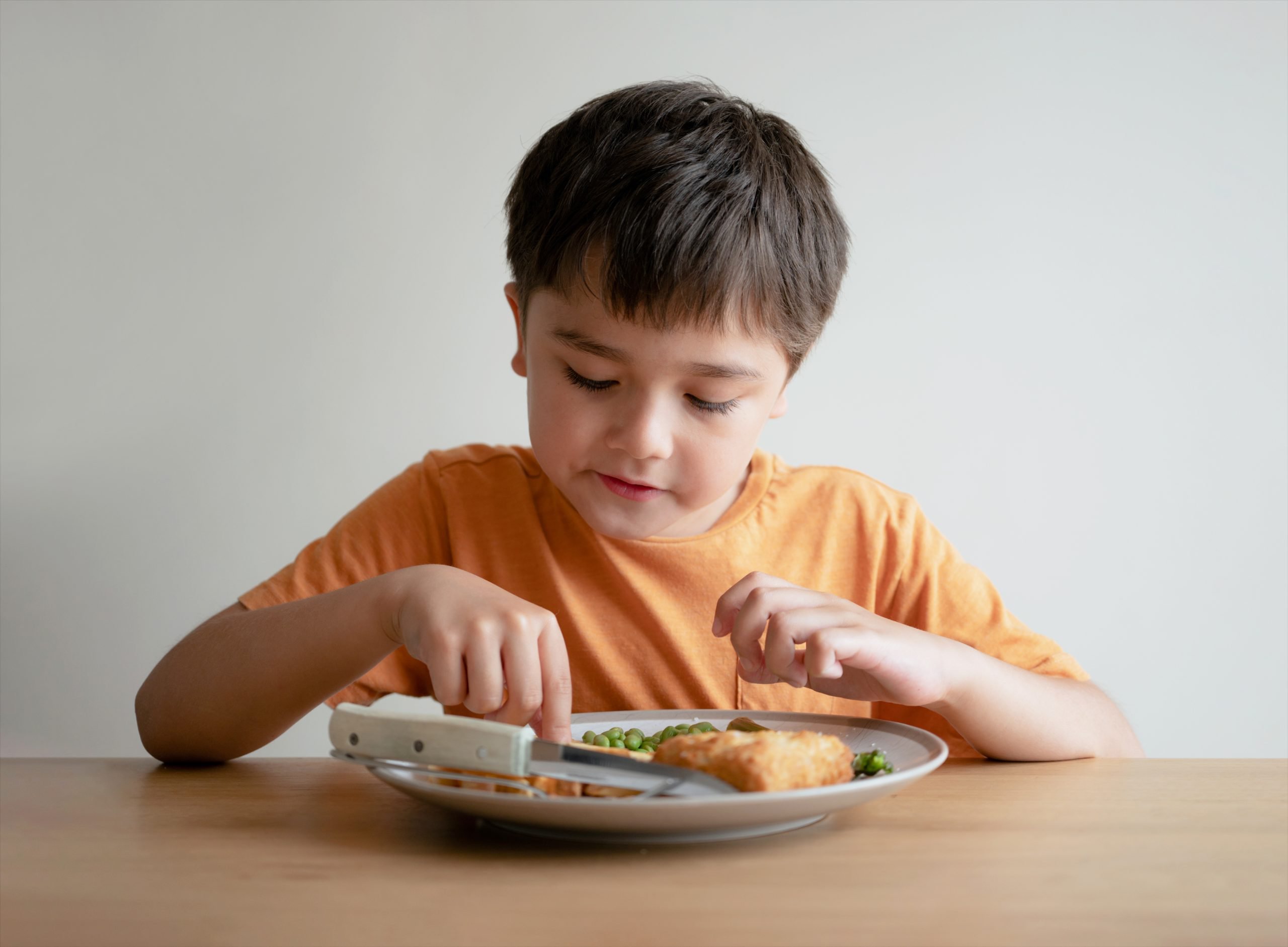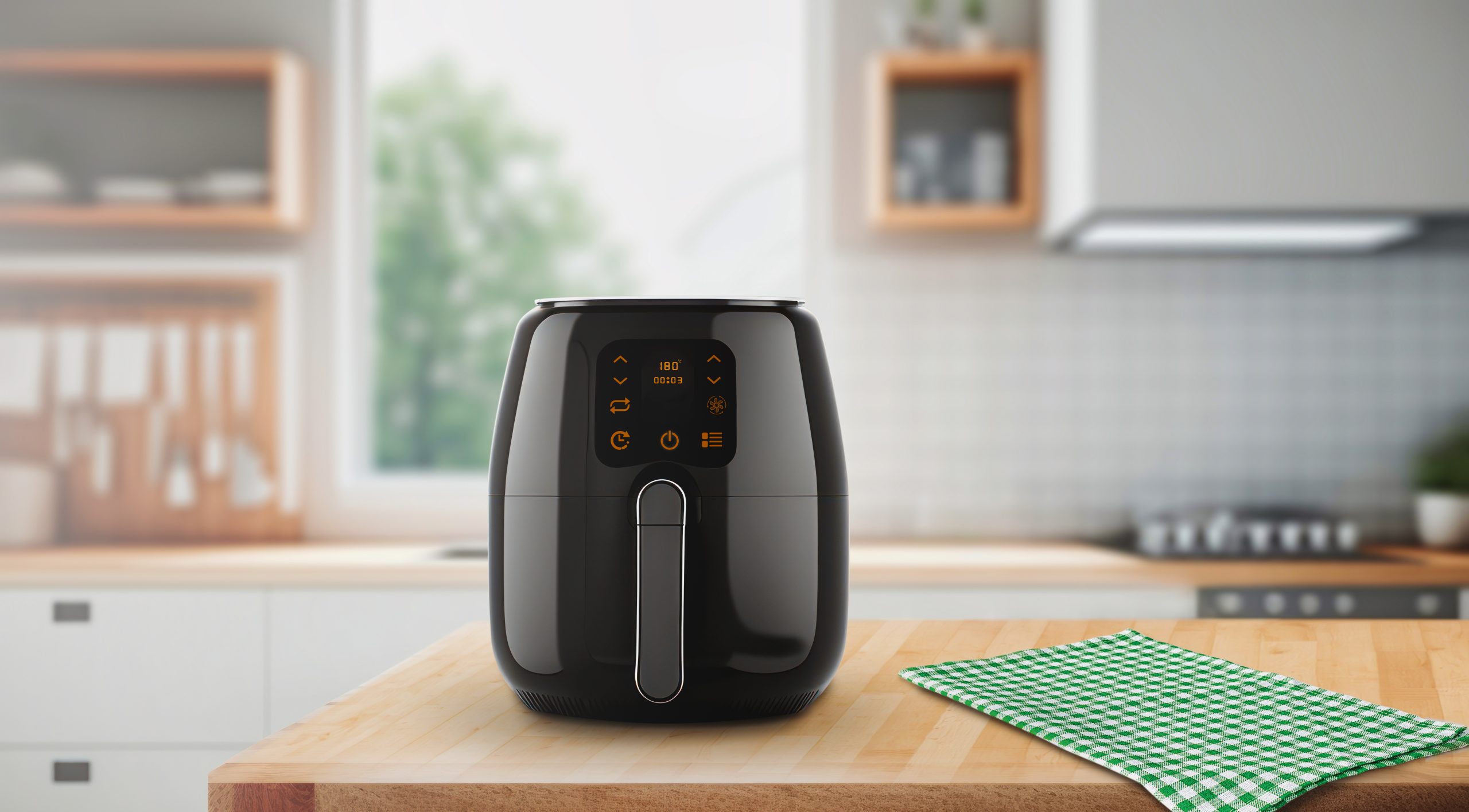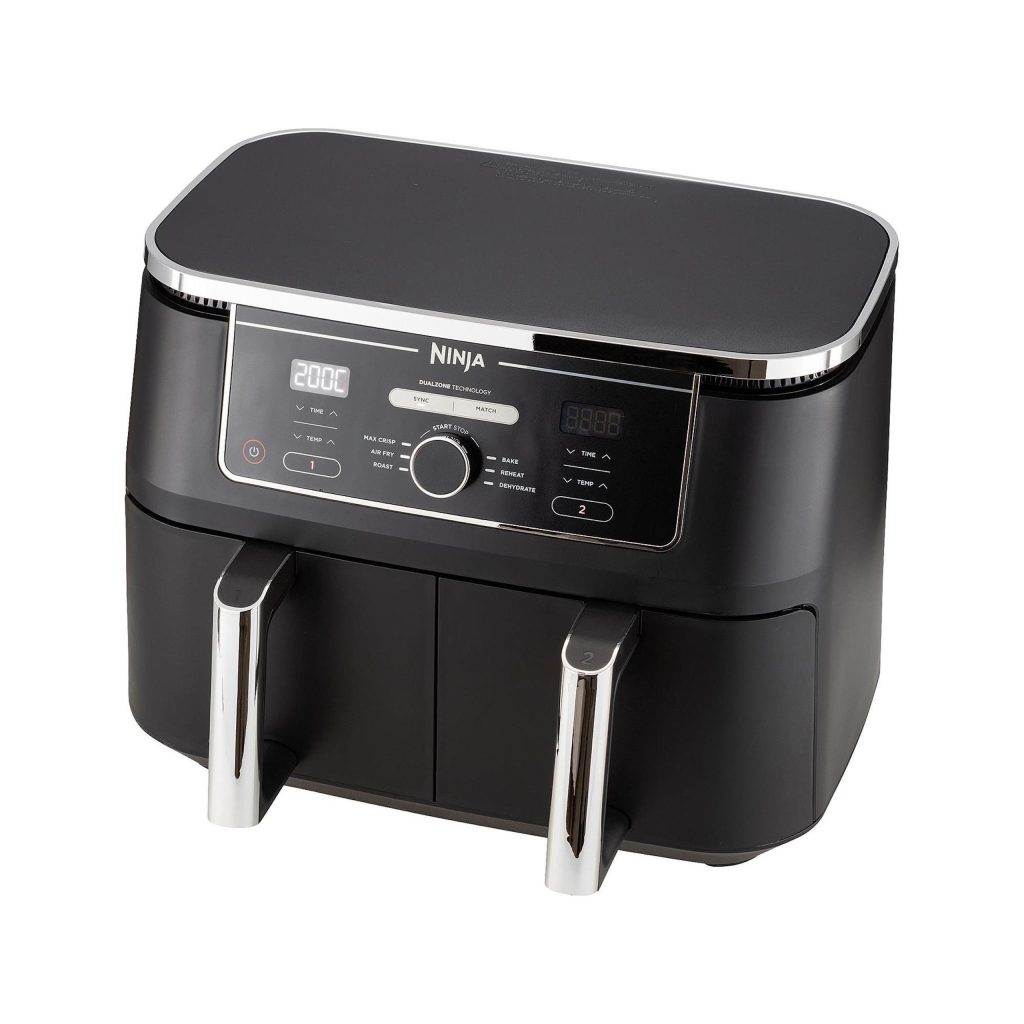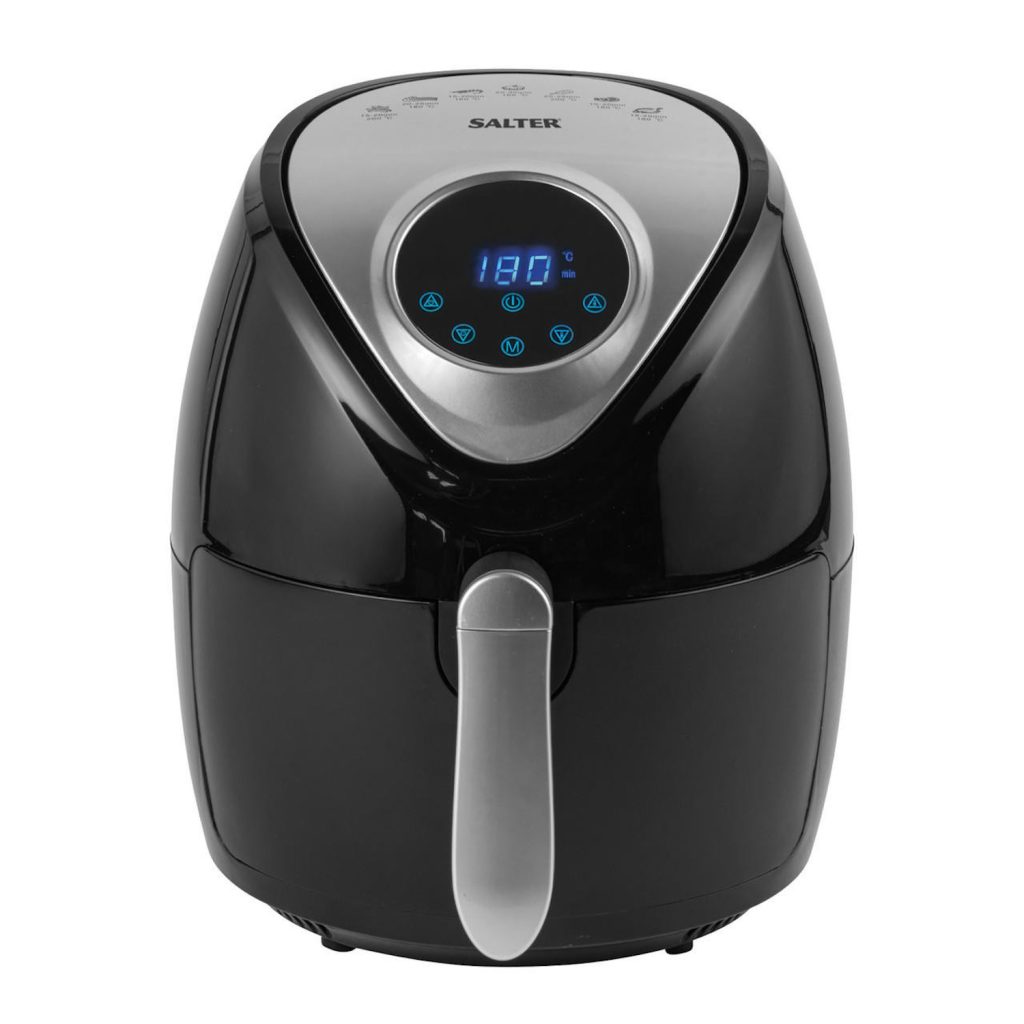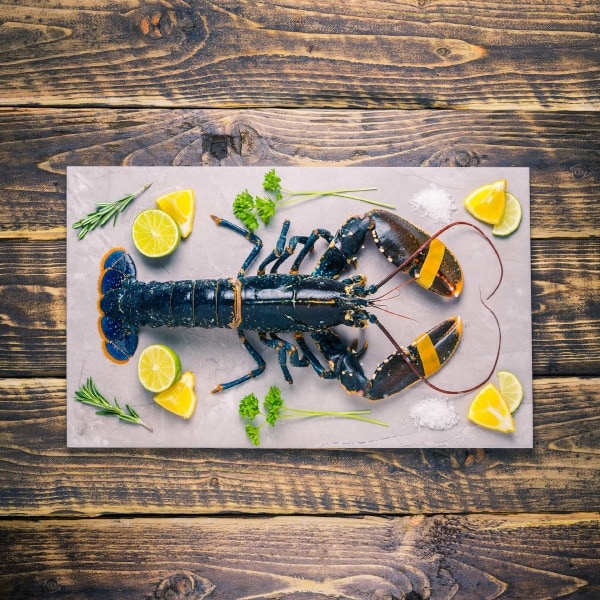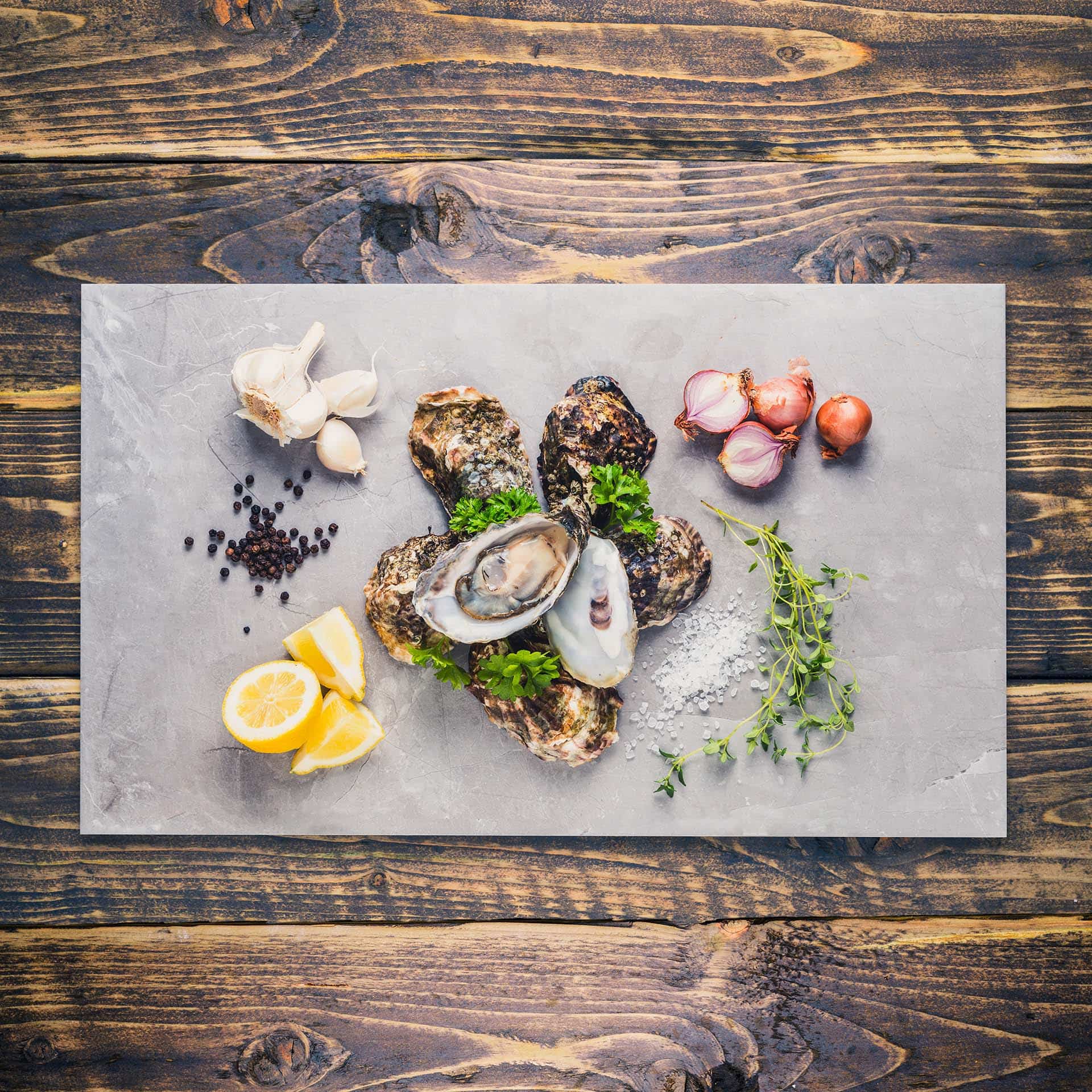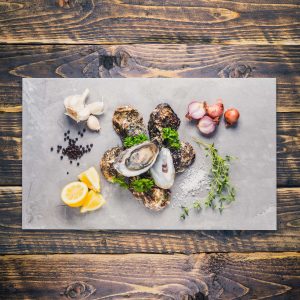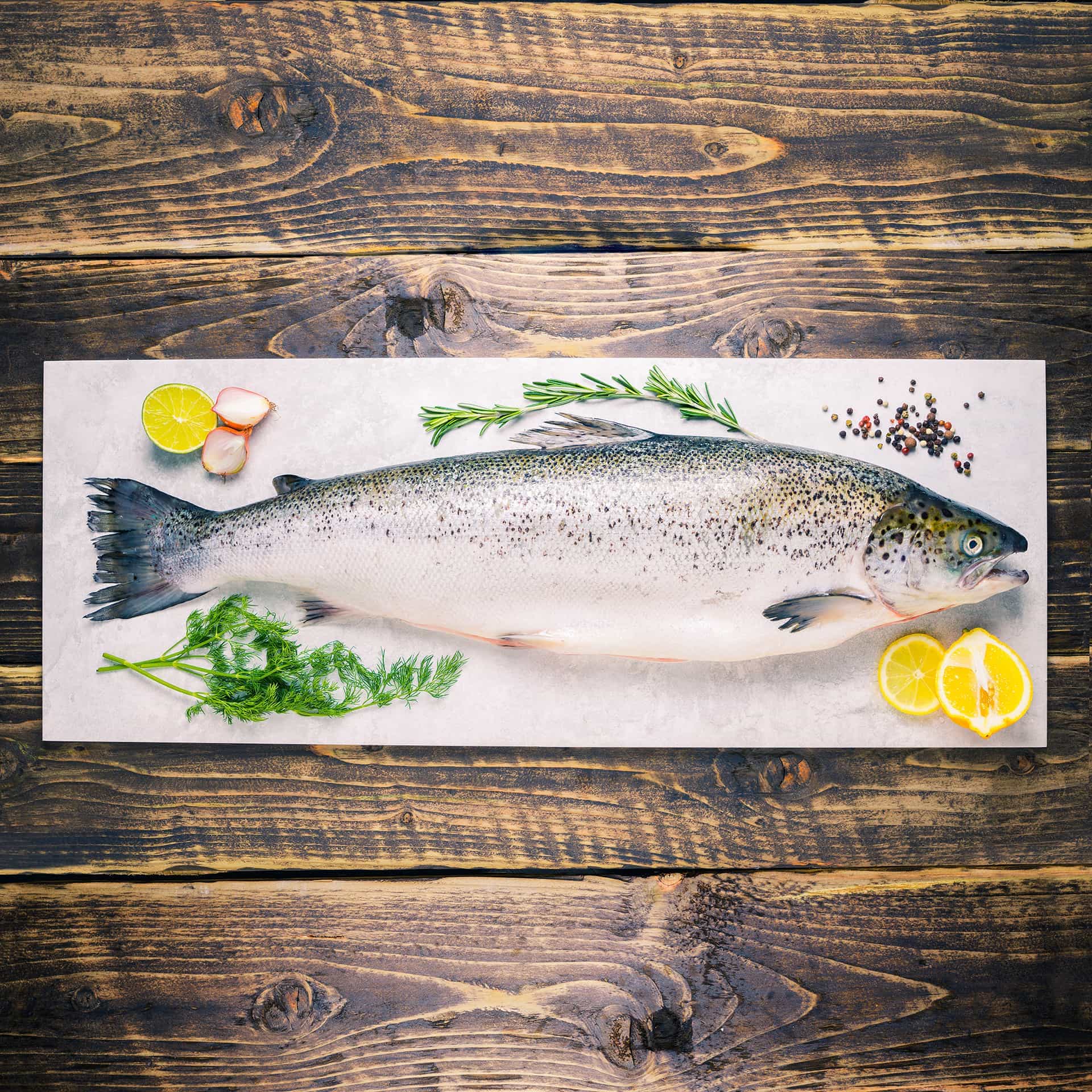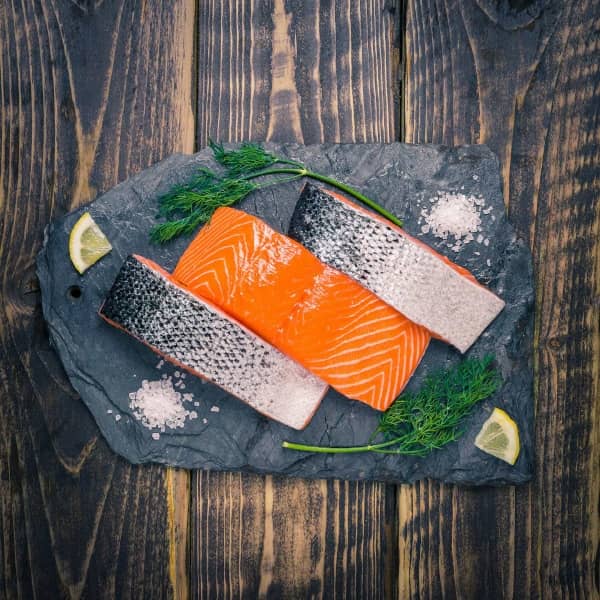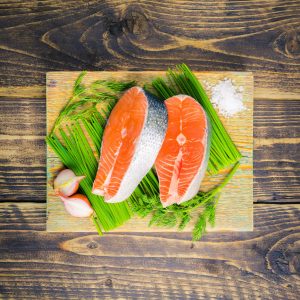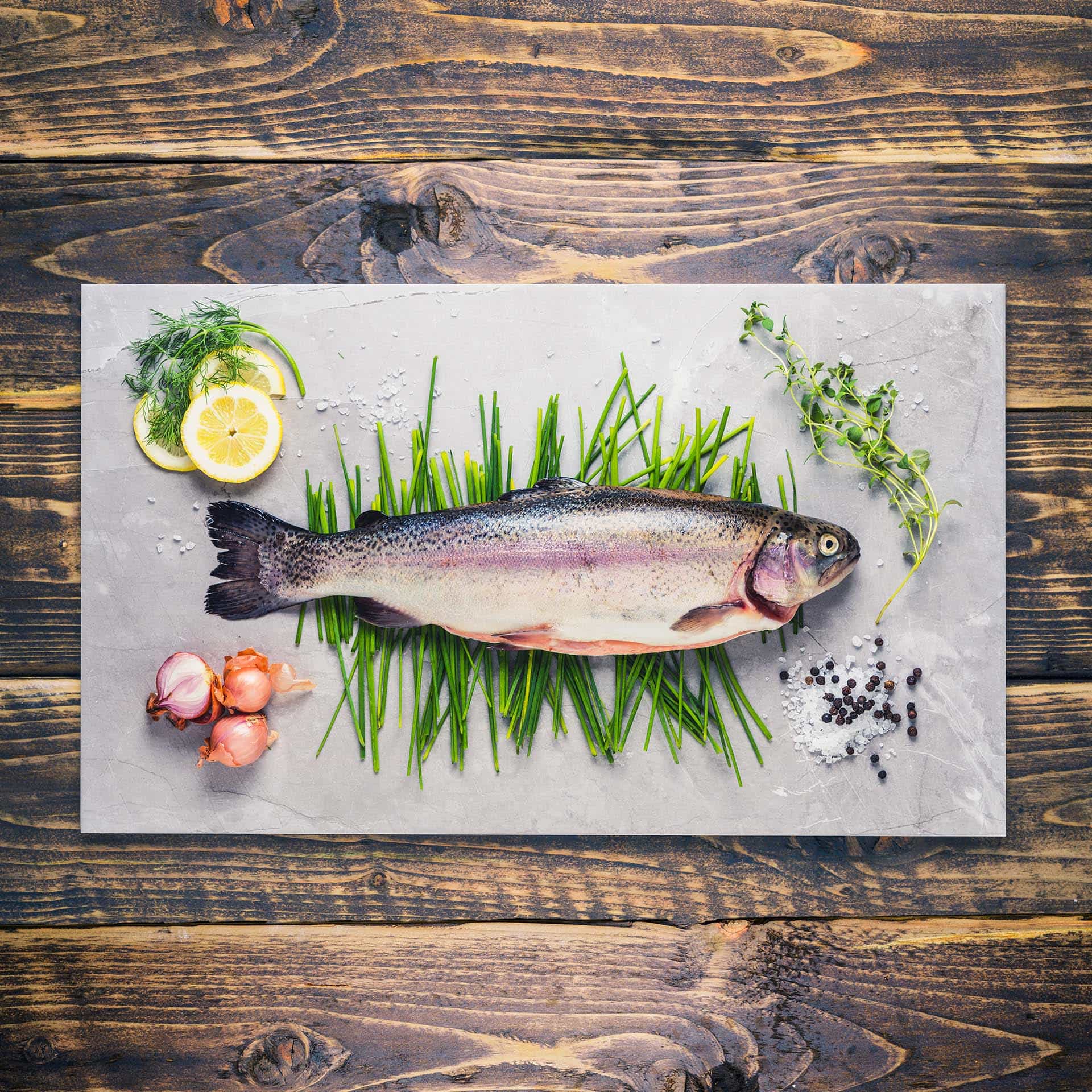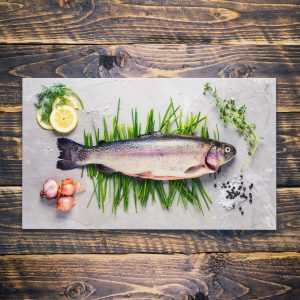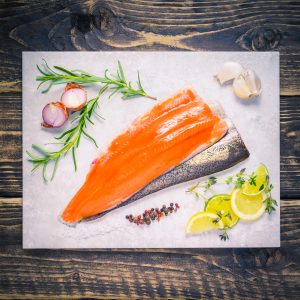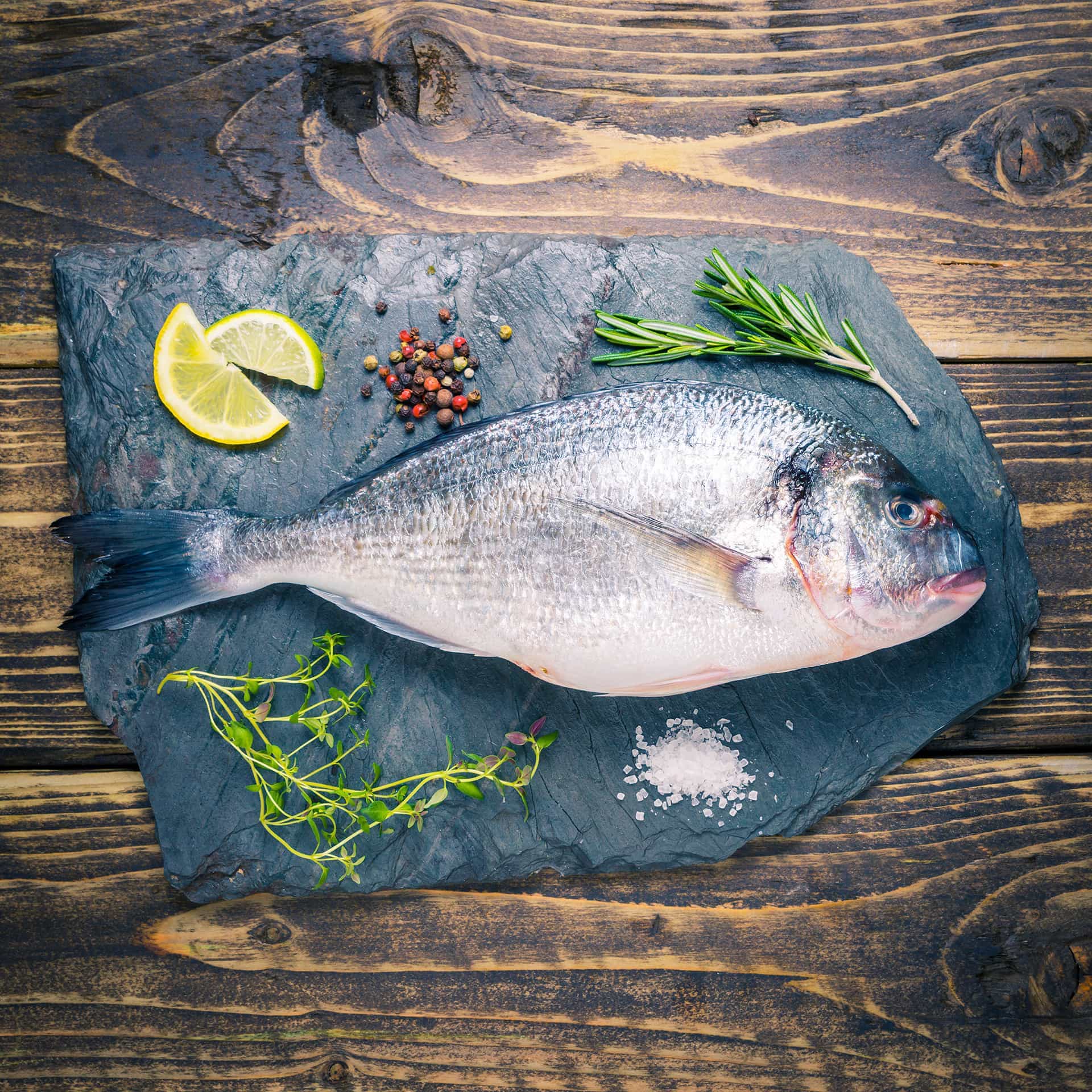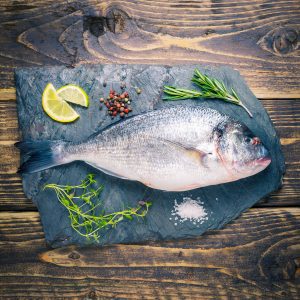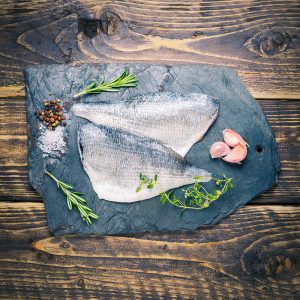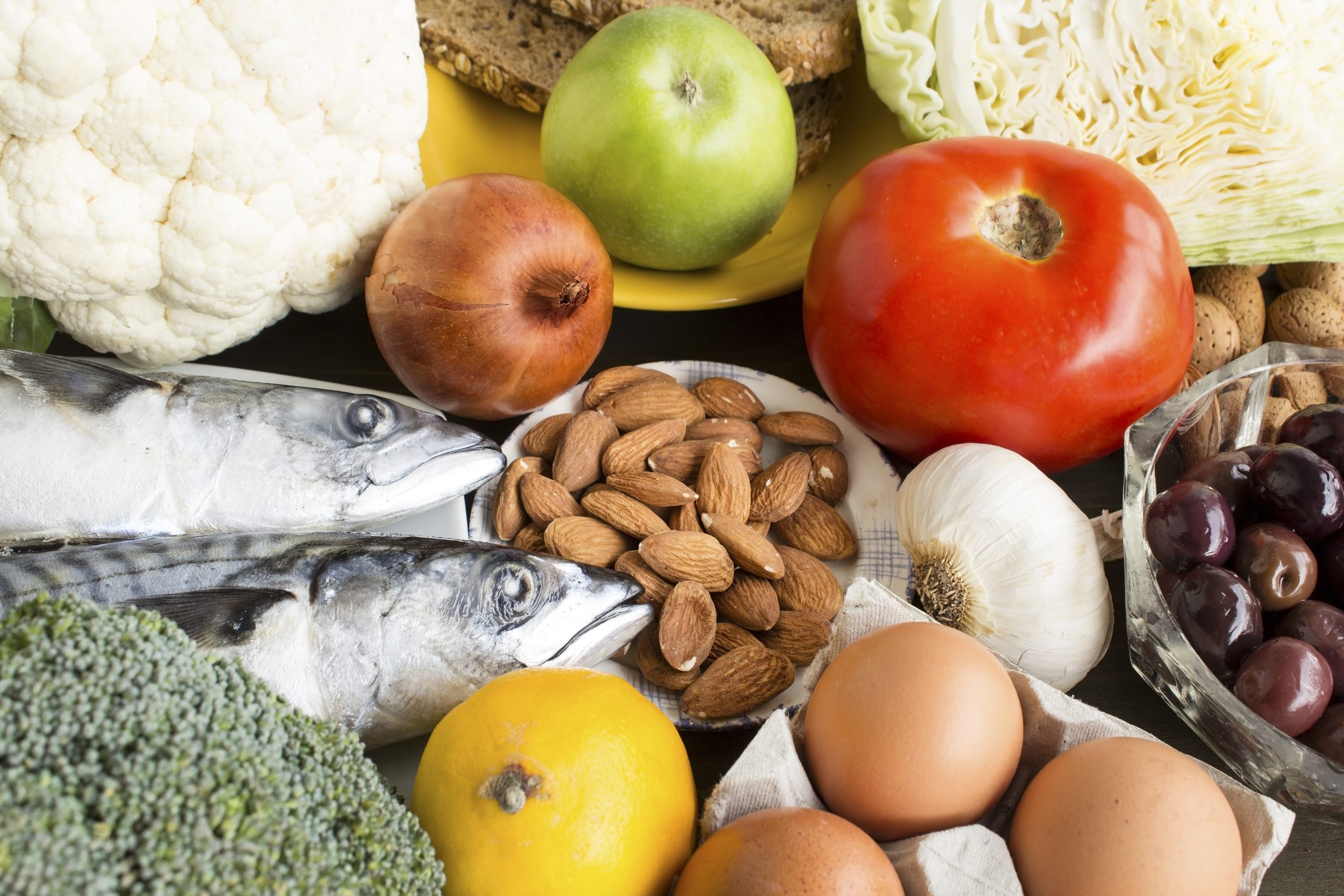
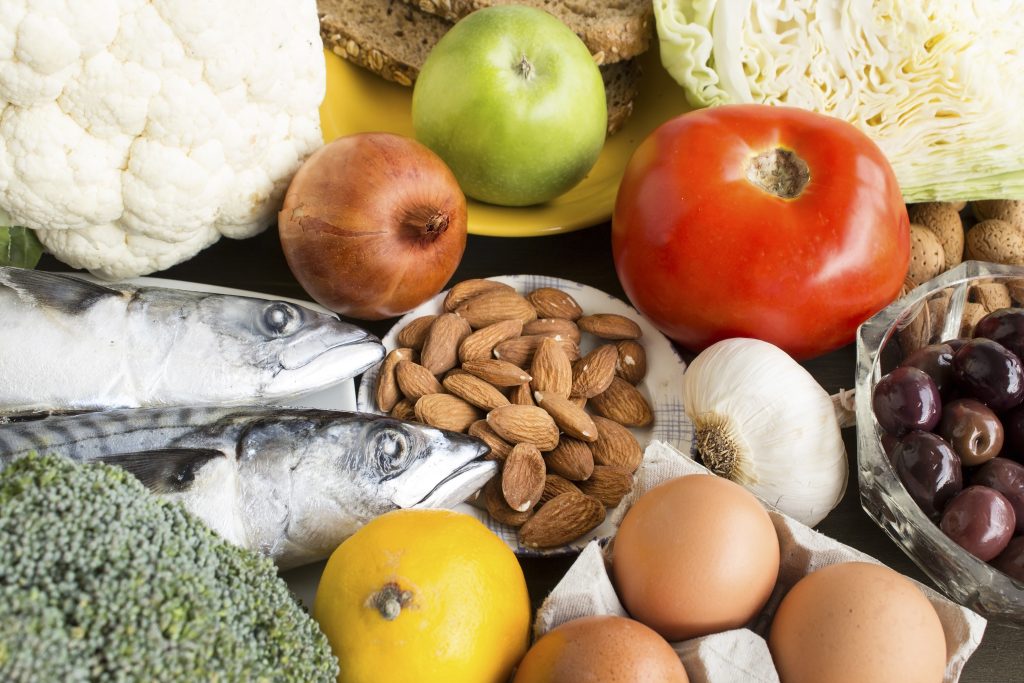
The number of people in the United Kingdom who have diabetes is estimated to be more than 5 million, including up to 1 million who have yet to be diagnosed, according to the country’s leading diabetes charity. That equates to one in 16 people, or 6% of the population, says Diabetes UK.
There are two types of diabetes.
Type 1 is an autoimmune disease in which the body cannot produce insulin, a hormone which regulates blood sugar levels. Fewer than 10% of people with diabetes in the UK have type 1 diabetes. The main treatment for type 1 diabetes is insulin, delivered to the body either through injections or an insulin pump.
Type 2 diabetes is the most common type. Around 90% of people with diabetes in the UK have type 2. With type 2 the body either cannot produce sufficient amounts of insulin or what it makes doesn’t work properly (known as insulin resistance), causing high blood sugar levels. It is a lifelong condition. The main treatment is being more active and improving your diet.
Symptoms include feeling thirsty much of the time, needing to urinate more often and feeling tired, and type 2 diabetes can lead to having problems with your eyes, heart and nerves.
There is no cure for diabetes, so it’s essential for those who have type 1 or type 2 diabetes – or indeed those who could be prediabetic, who may have been advised by their GP that continuing with their lifestyle and diet will result in a diabetes diagnosis – to consciously regulate their blood sugar levels by monitoring their intake of carbohydrates. There are other compelling reasons to do this, since people with type 2 diabetes are twice as likely to have a heart attack or a stroke than those without diabetes, according to the US Centers for Disease Control and Prevention.
There are many ways those with diabetes can successfully alter their lifestyle and diet – the Diabetes UK website is an excellent source of advice – but placing fish as a staple of your diet will help, and needn’t break the bank.
“The key to managing diabetes is to reduce refined carbohydrates and high sugar foods and instead focus on good quality sources of protein, healthy fats and plenty of fibre,” says Emily Furniss, a registered nutritional therapist from Hertfordshire.
Critical to successful management of diabetes is maintaining your intake of protein, which keeps your muscles healthy.
Red and processed meats are linked to an increased risk of type 2 diabetes as well as heart problems and cancer, so it is better to find healthier sources of protein such as fish (especially fish that are high in omega-3 fatty acids, like mackerel, tuna, sardines and salmon), pulses and chicken. If you choose oily fish you are also helping protect your heart.
“Oily fish is a great source of lean protein, vitamin D and beneficial omega-3 fatty acids, all of which can help as part of a balanced diet to manage type 2 diabetes,” says Furniss. “Oily fish is high in omega-3 fatty acids known to be beneficial for heart health. Omega-3 fats help protect the cells that line blood vessels and reduce markers of inflammation.”
If you have diabetes, try to eat at least one portion of oily fish a week and one portion of white fish such as cod or haddock.
“When it comes to getting more oily fish into your diet think SMASH – salmon, mackerel, anchovies, sardines and herring,” says Furniss. “And don’t just think about fish for dinner. Research shows that eating a high-protein breakfast can help regulate blood sugar for the rest of the day, so smoked salmon and scrambled eggs for breakfast is a great way to start the day. Lunch is another easy opportunity to increase fish intake. Sardines and mackerel bring to life a simple salad and help regulate blood sugar to avoid a mid-afternoon energy slump.”
So what does this look like on a daily basis, or even a meal-by-meal basis? Let’s look at some meal options throughout the day.
BREAKFAST
Sugary breakfast cereals are a no-no for those with type 1 or type 2 diabetes, so savoury options become more important than they are to those without diabetes.
But this needn’t mean missing out on flavour. Quite the opposite.
A great, low-cost oily fish that makes a superlative start to the day is herring in the form of kippers – grilled or boiled in the bag and served with a knob of butter and wholegrain toast. If you want to push the boat out then add scrambled eggs, mushrooms and grilled tomatoes.
Another option is cauliflower kedgeree, which packs a protein punch thanks to the haddock and eggs at its heart. This twist on a historic Indian breakfast will swamp your tastebuds with spices and flavour.
Salmon is another strong contender for kicking the day off with a bang. As Furniss says, smoked salmon trimmings or flakes of cooked salmon fillet with scrambled or poached eggs, served on wholegrain toast, will surely put a spring in your step.
LUNCH
Some of us only want a quick bite at lunchtime, maybe on the move while doing other tasks. Others take lunch more seriously.
Whatever your attitude to the second meal of the day, there’s a fish option that will leave you feeling full without spiking your blood sugar levels and causing the all-too-common mid-afternoon dip.
If lunch simply means a sandwich to you, get active the night before and whip up a mix of sardines, tomato and olives (maybe with a chopped chilli thrown in); prawns, mayonnaise and chopped dill; or tuna and sweetcorn. Slap your mix between two slices of wholegrain bread, add some fresh salad and off you go.
Fish salads are a terrific option for lunchtime, especially in summer. Try chickpeas and tinned tuna, tuna Niçoise or Caesar salad with salmon instead of chicken. If you have leftover cooked veg or salad in the fridge, throw in some tinned tuna, sardines or hot smoked anchovies and Bob’s your uncle.
DINNER
There is a wealth of filling and tasty dinner options for those with diabetes, ranging from stews to traybakes and simple wholemeal pasta recipes, all of which contain ample amounts of protein besides flavour in spades.
Mackerel is wonderful in the Jamaican classic mackerel rundown, a coconutty stew that’s easy to make. Another straightforward stew is mackerel with tomatoes – simply put the ingredients in a casserole dish and let your oven do the work.
Traybakes are another relatively easy solution for dinners, especially useful during the week when time might be at a premium.
All-in-one Asian salmon and broccoli traybake is a high-protein, low-carb dish packed with ginger and chilli. Ready in under an hour, it serves four and ticks all the boxes for flavour and nutrition.
Tray-baked salmon and vegetables is another excellent healthy option, and can be adapted for other fish fillets including haddock, coley and cod.
Grilling is a health-conscious cooking method at the heart of haddock with salsa verde, broccoli and bean mash, a two-step recipe that’s high in fibre and protein and low in carbs, salt and fat.
Baked fish and vegetables is a Mediterranean staple. Try baked sea bass fillets and roasted red peppers, which also works with salmon fillets, trout, sea bream and pretty much any white fish fillets.
If you’re cooking not just for yourself but for little ones too then you can’t go wrong with tomato and tuna pasta, which won’t break the bank and is ready in under half an hour.
If you have type 2 diabetes, replacing red and processed meat in your diet with fish, pulses, chicken, turkey and nuts is a no-brainer if you want to lead a healthy life. If you do choose to eat more fish, try to favour oily fish like mackerel, salmon, trout, tuna and sardines over white fish, but needless to say your palate will be the ultimate arbiter of what you consume.
Emily Furniss offers one-to-one clinical nutrition consultations online and in person. Visit emilyfurniss.com
“I treat good fish and seafood as an investment in my own health”
Gordon Keen, 57, is a film and TV location manager. He lives in Glasgow with his wife Yuka, who is Japanese, and their daughter Misa.
Gordon was diagnosed with type 1 diabetes in 1996.
How much more fish do you eat now compared to before your diabetes diagnosis?
“I’d say a multiple of what I ate pre-diabetes. I eat fish and/or seafood three times a week minimum nowadays.”
What kind of fish do you eat?
“Various oily fish – mackerel, sardines and so on – plus salmon, tuna, hake, haddock, cod, sea bass and sea bream. We also eat squid, occasionally octopus, lots of prawns and mussels plus clams and whelks.”
How do you or Yuka cook it?
“Anything from raw for sashimi/sushi. Fried and steamed and occasionally roasted.”
What do you eat with fish and seafood?
“It depends on the dishes. We eat a lot of Japanese food, so I’d say predominantly rice, which is mostly steamed. I do love fish and seafood tacos, though. We also make fish pie on occasion, so lots of mash.”
How do you feel eating fish and seafood benefits you?
“In terms of my blood sugar control it is a very stable source of protein and I calculate carbohydrates predominantly with what I have accompanying the fish, for example rice or potatoes.
“The health benefits in terms of beneficial oils and fatty acids are well known, but I find fish to be easier to digest than red meat.”
Good fish is expensive – is it worth it? If so, why?
“The health benefits make it worth it, and like meat you can buy cheaper cuts which work just as well in terms of your diet. I tend to treat good fish and seafood as an investment in my own health.”
